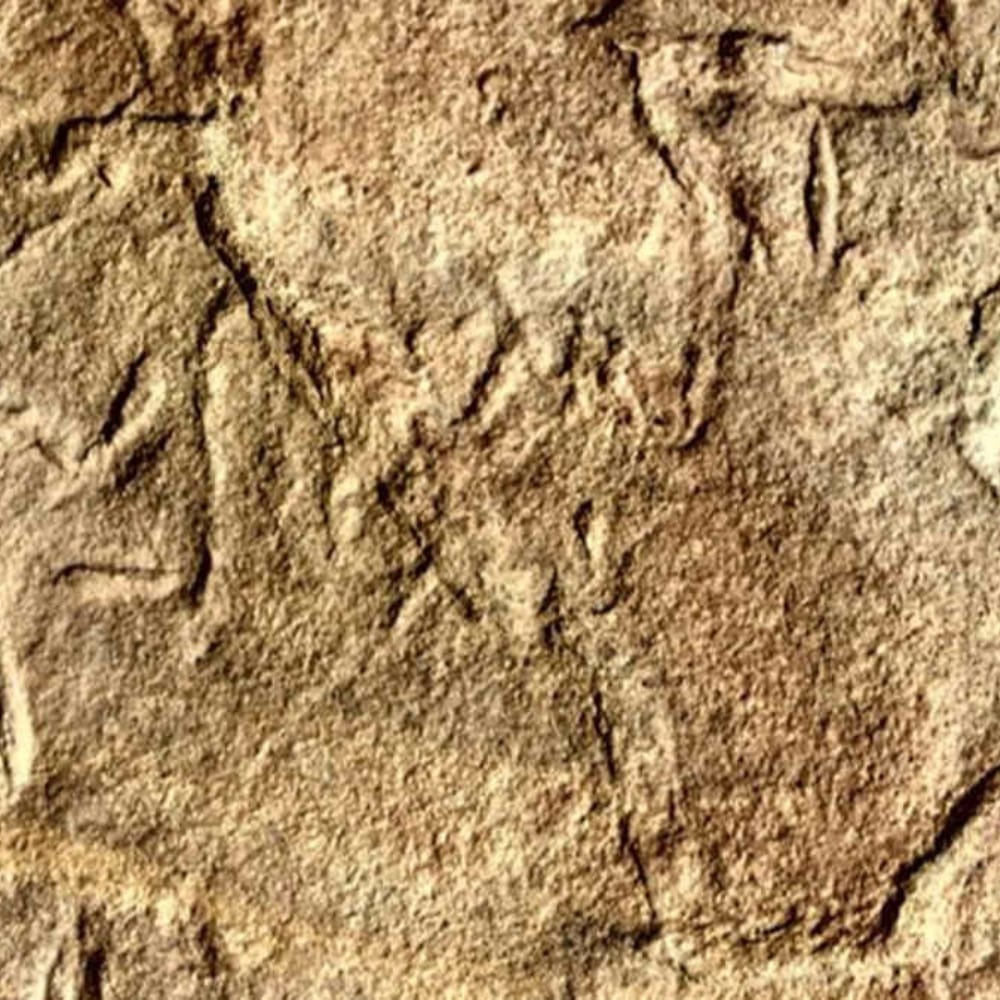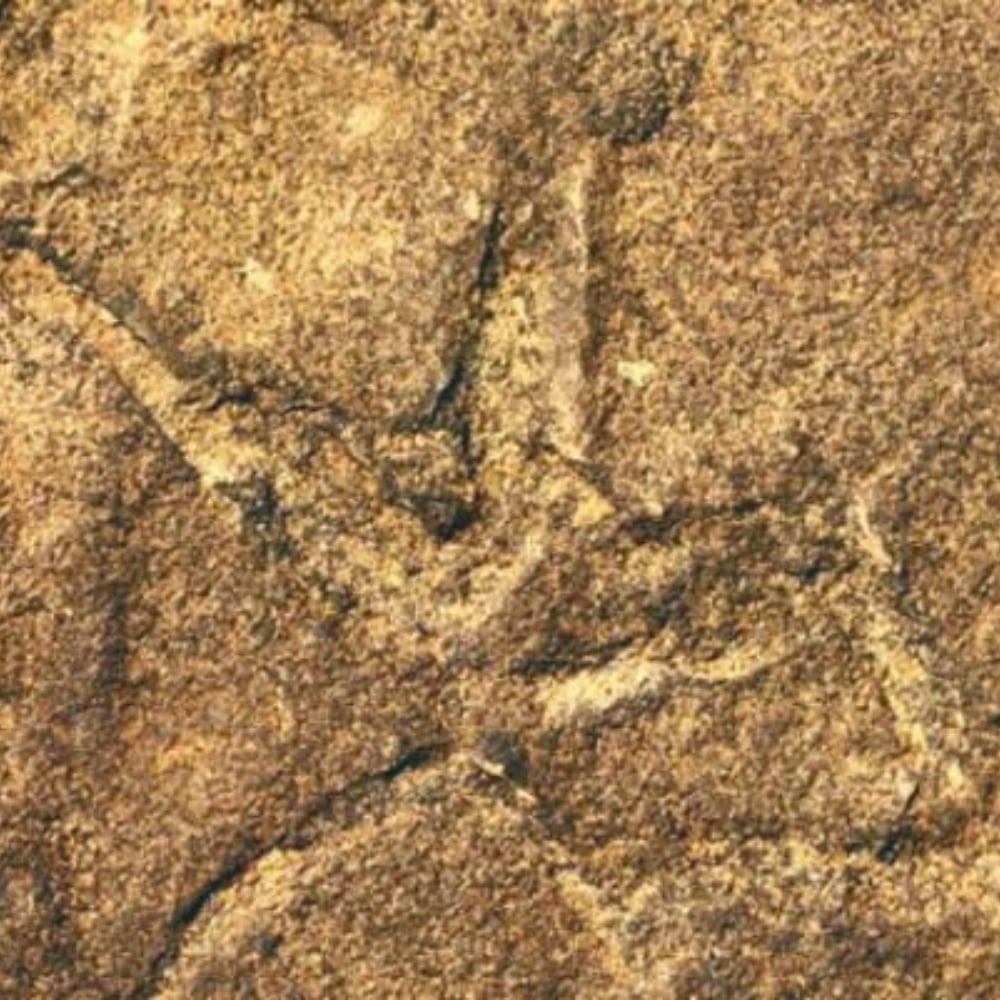
Millions of years before birds graced the skies, mysterious creatures with bird-like feet traversed the landscapes of southern Africa. New research dives into the study of these footprints, casts, and sketches from the Late Triassic and Early Jurassic periods found in Lesotho.
The study has uncovered tracks dating back more than 210 million years—60 million years ahead of the earliest known bird ancestors. These mysterious creatures have essentially challenged the entire human understanding of of avian evolution. Let’s look closer.
Unearthing Clues From Ancient Footprints
In a recent study published in the journal PLOS ONE, scientists re-analyzed 163 footprints attributed to a genus known as Trisauropodiscus. These tracks, dating to a time long before birds emerged, presented an intriguing puzzle for researchers because the footprints predate fossils from the most ancient of their ancestors by roughly 60 million years.

The findings could reshape our understanding of bird evolution, suggesting the possibility that bird-like feet might have evolved independently in creatures predating the earliest birds. The tracks, exhibiting bird-like characteristics with widely splayed outer digits and slender toes, hint at a never-seen-before chapter in the evolutionary story.
Unanswered Questions and Puzzling Creatures
Despite the wealth of footprints the identity of the creature responsible for these tracks remains elusive. While researchers suspect a dinosaur connection due to the fossils’ age, Trisauropodiscus remains a source of debate among palaeontologists for now, with unanswered questions about this species’ diversity and its relationship—if any—to modern birds.
In short, these enigmatic tracks from 210 million years ago continue to perplex researchers, emphasizing the complexity of piecing together the ancient puzzle through the lens of fossilized footprints.